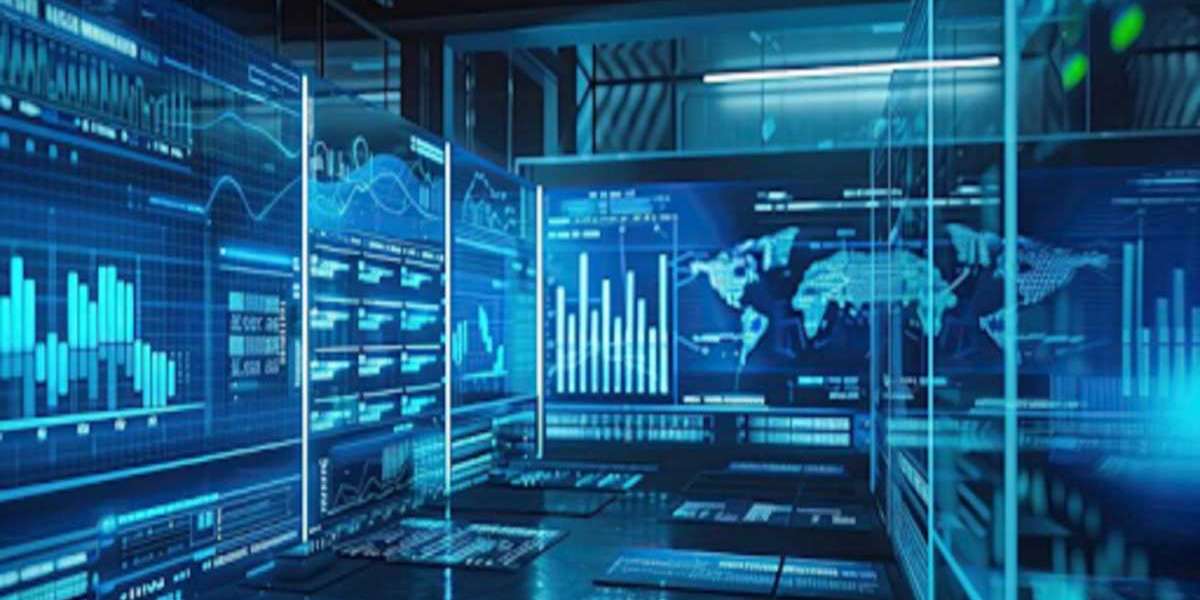As data centers continue to evolve to meet the growing demands of modern digital infrastructure, the need for efficient cooling solutions has never been more critical. The rise of high-performance computing, artificial intelligence, and the growing adoption of cloud services are driving the need for data centers to handle larger workloads, faster processing, and higher power densities. This has made traditional air-based cooling systems insufficient, paving the way for the data center liquid cooling market to grow rapidly.
Data center liquid cooling market will reach $39,961.3 million by 2033 from $4,457.2 million in 2023, growing at CAGR of 24.53% during the forecast period 2023-2033.
What is Data Center Liquid Cooling?
Data center liquid cooling refers to the technology that uses liquids, rather than air, to dissipate heat generated by servers and other data center equipment. By using coolants like water or specialized cooling fluids, these systems provide more efficient heat absorption and removal, helping maintain optimal temperatures even in high-density server environments.
Compared to traditional air-based cooling, liquid cooling offers numerous advantages, including higher cooling efficiency, reduced energy consumption, and the ability to support the ever-increasing power demands of modern data centers.
Key Drivers of the Data Center Liquid Cooling Market
The adoption of liquid cooling technologies is being driven by several key factors:
1. Increased Computing Power and Density
The demand for high-performance computing (HPC), artificial intelligence (AI), and big data analytics is pushing data centers to house more powerful processors. These advanced computing systems generate significantly more heat, making air cooling less efficient and practical. Liquid cooling provides a solution by offering a more efficient method of cooling high-density equipment, ensuring performance isn't compromised by overheating.
As the push toward edge computing and 5G networks accelerates, data centers are also being deployed in smaller, more distributed locations. These edge data centers, which process data closer to the end users, often face space and cooling challenges due to their size. Liquid cooling systems are compact and can operate effectively in smaller spaces, making them an ideal solution for edge data centers.
2. Energy Efficiency and Sustainability Concerns
Energy efficiency is becoming a critical concern for data center operators. Traditional air cooling systems consume a significant amount of electricity, especially in larger facilities that need to maintain constant airflow to prevent overheating. As the global focus on sustainability and reducing carbon emissions intensifies, data centers are under pressure to reduce their environmental impact.
Liquid cooling systems are more energy-efficient, using less power to cool servers while also reducing water usage. These systems can lower a data center’s Power Usage Effectiveness (PUE), a metric used to measure the efficiency of power consumption in data centers. A lower PUE means less energy waste and greater overall efficiency.
3. Rising Adoption of Cloud and Colocation Services
The growing adoption of cloud services, colocation, and hybrid IT environments is further driving the need for improved cooling technologies. As more organizations shift their workloads to the cloud or use third-party colocation data centers to host their infrastructure, the pressure on these facilities to operate efficiently increases.
Many cloud service providers, such as Amazon Web Services (AWS), Google Cloud, and Microsoft Azure, are investing in liquid cooling technologies to support the rapid growth of their operations while maintaining a focus on energy efficiency and sustainability.
Request A Free Detailed Sample on Data Center Liquid Cooling Market
Key Trends in the Data Center Liquid Cooling Market
Several emerging trends are shaping the growth of the data center liquid cooling market:
1. Immersion Cooling Technology
Immersion cooling, where servers are submerged in non-conductive liquids, is gaining traction as a next-generation cooling solution. By directly submerging IT equipment in liquid, immersion cooling offers superior heat dissipation, allowing data centers to manage higher processing power with minimal energy consumption.
This technology also enables higher rack densities, reduces the need for fans, and lowers operational noise levels, making it an attractive option for organizations looking to maximize their space and efficiency.
2. Liquid-to-Chip Cooling
Another promising trend is liquid-to-chip cooling, where liquid coolant is circulated directly to the surface of chips and processors to absorb heat more efficiently. This method reduces heat buildup at the source, which is critical for applications requiring constant high-level processing, such as AI training models or simulations.
Liquid-to-chip cooling is being increasingly adopted in industries that require continuous, high-intensity computing, such as healthcare, finance, and scientific research.
3. Growing Data Center Investments
With the global shift toward digital transformation, there is an increase in data center construction and expansion projects worldwide. Many hyperscale data centers—large facilities built by major tech companies—are incorporating liquid cooling technologies to enhance their efficiency and reduce long-term operational costs.
Governments and organizations are also investing in green data centers, which prioritize sustainability by utilizing renewable energy sources and energy-efficient cooling systems. Liquid cooling plays a pivotal role in these green initiatives by reducing electricity consumption and carbon footprints.
Future Prospects and Growth
The data center liquid cooling market is poised for significant growth in the coming years, driven by rising data demands, advancements in cooling technologies, and a focus on energy efficiency. As organizations continue to digitize and rely on data centers for critical business operations, liquid cooling will play an essential role in maintaining performance and reducing operational costs.
According to market analysts, the global data center liquid cooling market is expected to grow at a compound annual growth rate (CAGR) of over 20% between 2023 and 2030, indicating strong demand and widespread adoption.
Conclusion
The data center liquid cooling market is evolving rapidly as technological advancements and sustainability concerns drive innovation in cooling solutions. With the continued rise of high-performance computing, AI, Energy and Power Market Reports and cloud services, liquid cooling is emerging as a critical technology for maintaining the efficiency, reliability, and scalability of data centers.
As energy efficiency and environmental impact become top priorities, liquid cooling is set to become a cornerstone of next-generation data center infrastructure.














